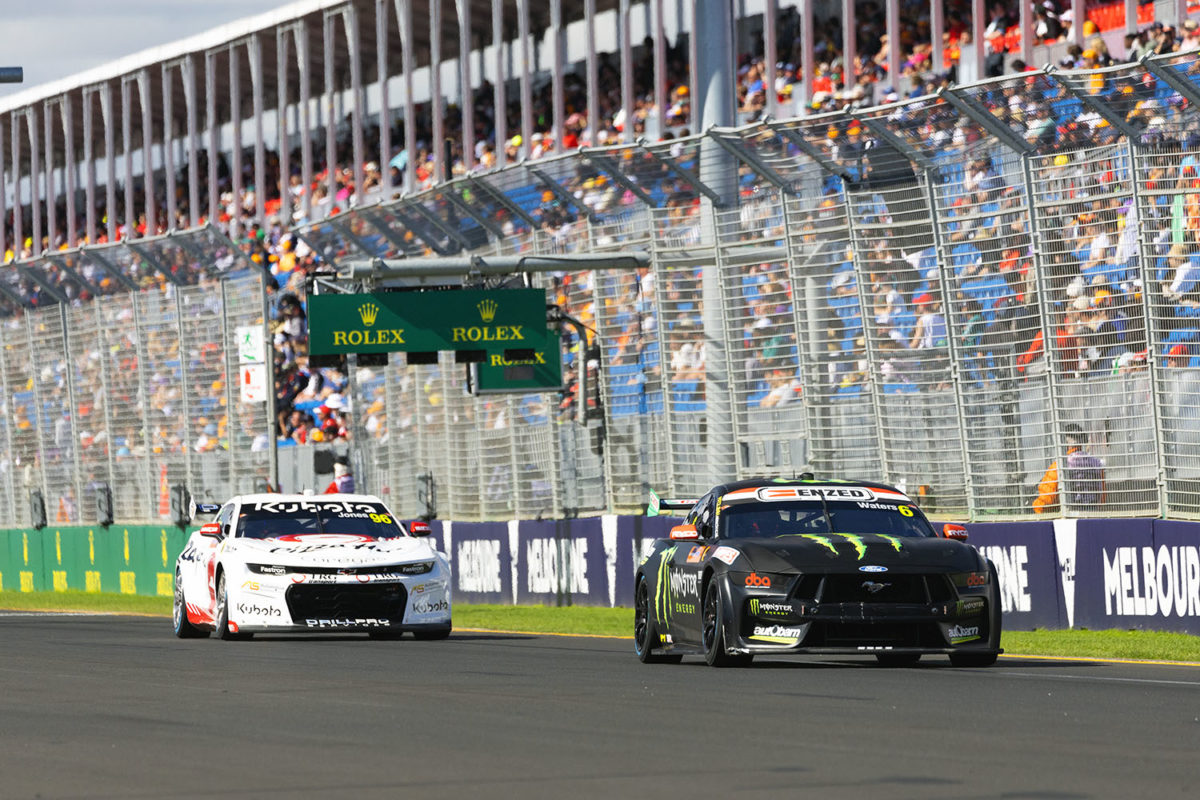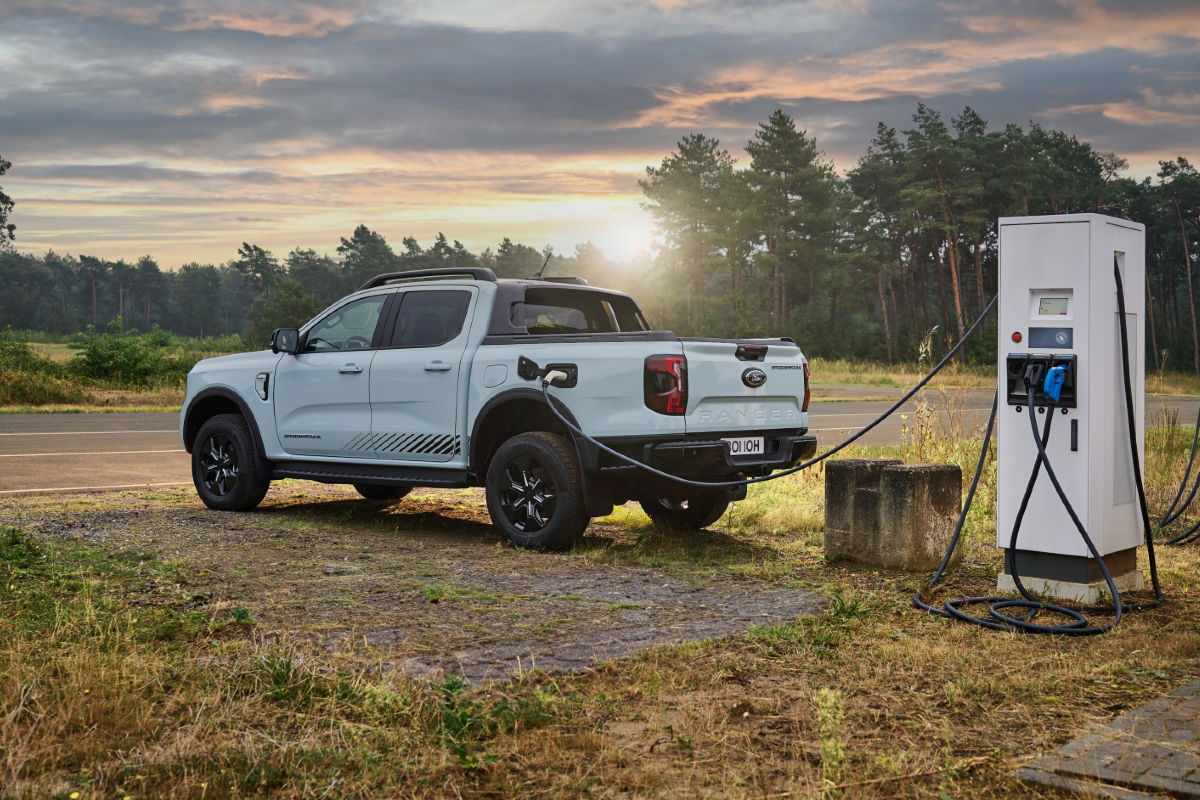

Supercars has officially commented a week after further parity testing both the Chevrolet Camaro and Ford Mustang Gen3 Supercars commenced.
Following Round 2 at the Formula One Australian Grand Prix, Centre of Gravity (CoG) testing was conducted amid parity concerns on the Ford side of the two-make series.
Explained: Supercars Centre of Gravity testing.
Examples of both makes were taken to Tickford Racing’s facility in Campbellfield where the CoG tests were conducted, believed to be complete vehicle CoG testing, as opposed to engine CoG.
Supercars has not detailed the results of the testing but issued a statement to media stating: “Work continues, preliminary results show the two cars are very close.
“A more in-depth analysis and study involving different car configurations is underway.”
After performing multiple VCAT (Vehicle Control Aerodynamic Testing) sessions as well as a stand alone ‘aero test’ which saw eleventh-hour changes to the Camaro front bar, Supercars’ introduction of the Gen3 regulations has seen Ford firm on the need for parity, vocalised by Ford Performance Global Motorsport Director, Mark Rushbrook.
In February, ahead of the opening round in March at Newcastle, Rushbrook called for ‘transparency’ in the process for the sake of Supercars’ fan base, citing a lack of confidence that parity had been achieved.
By the Friday of Newcastle (March 10), Rushbrook described the aerodynamic balance between the Ford and Chevrolet as ‘pretty even’ after early runs at the season opening round. Parity between the two powertrains, he suggested, was less clear.
The Ford Performance boss also said that Ford’s evaluation of whether parity has been achieved would come off the back of data, as opposed to race results, given that the latter can be afflicted by luck, driver error and other unpredictable circumstances.
If the category was to follow results only for its judgements, it would be a clear win to the General Motors camp.
After six races in 2023, the Gen3 Camaro has five victories to the Mustang’s single win from Tickford Racing’s Cam Waters – which itself did not cross the line first but was awarded the victory after both Red Bull Ampol Racing Camaros were disqualified from Race 1 at Newcastle, having finished first and second.
In qualifying pace, Camaro leads – but not by has much – with four pole positions to the Mustang’s two – Penrite Racing’s David Reynolds for Race 2 at Newcastle, and Anton de Pasquale’s Race 3 pole position at Albert Park.
The latest testing echoes the 2019 CoG testing that also, coincidentally, took place following the Australian Grand Prix round, with the Kelly Racing (now Grove Racing) in Braeside the testing venue on that occasion.
Changes were made to the S550 Mustang and ZB Commodore in the aftermath of the 2019 tests, which saw the latter win at the following event – its first victory of the year – at Symmons Plains in Tasmania.
Up until that point, the Gen2 Ford Mustang has scored pole position, fastest lap and victory in all six races, with Mark Winterbottom’s pole for Race 7 still not enough for a Holden victory, achieved the next day when Shane van Gisbergen won Race 8.
The Mustang still went on to win every race until Townsville in July, with a bitter parity dispute including changes to the Mustang’s aerodynamics for the Perth round that May before focus switched to adjustments to the ZB Commodore from Hidden Valley onwards – with the Nissan Altima also subject to changes.




















Discussion about this post